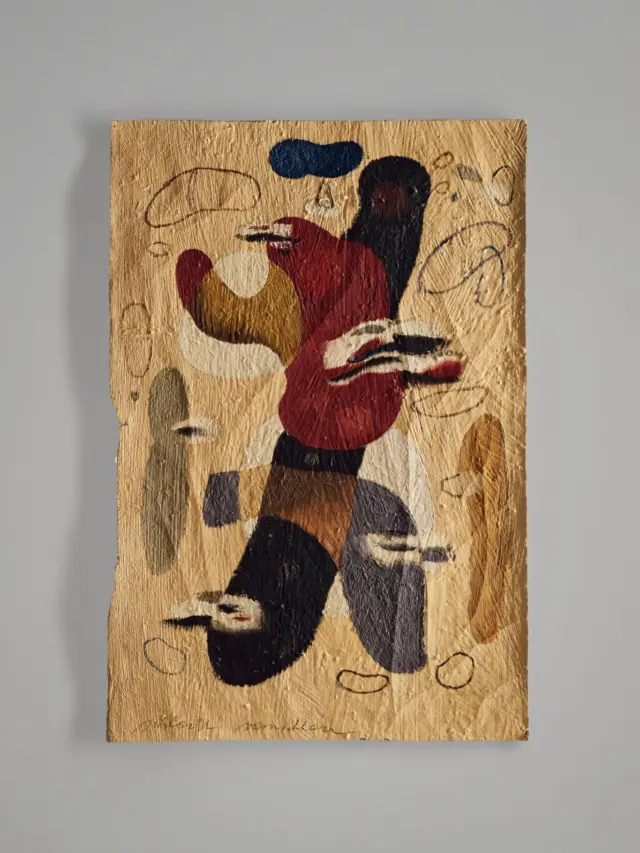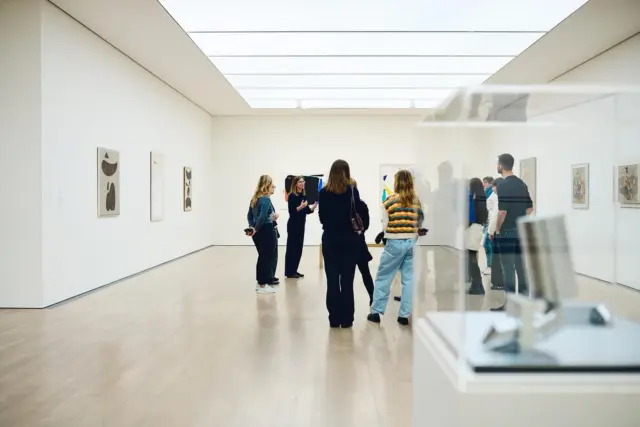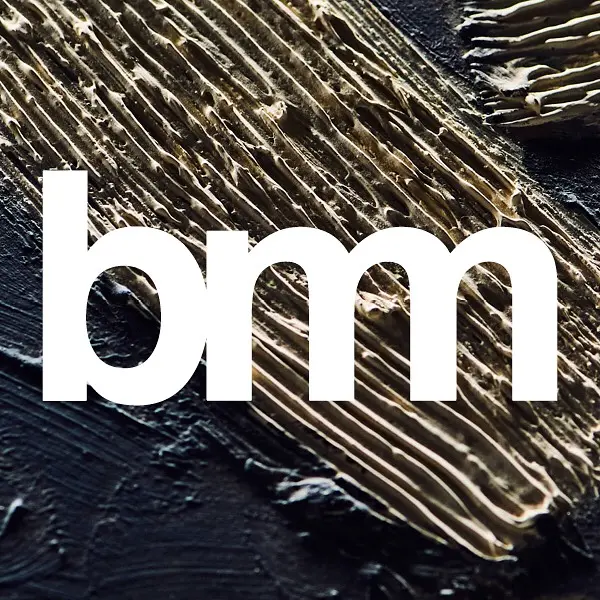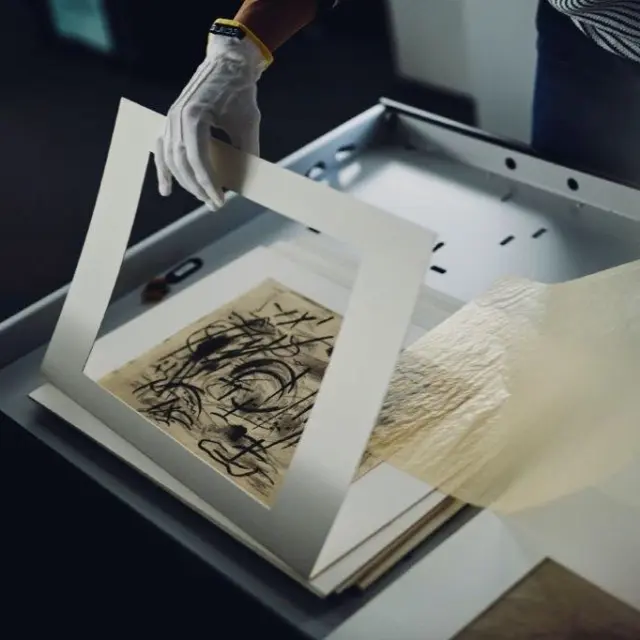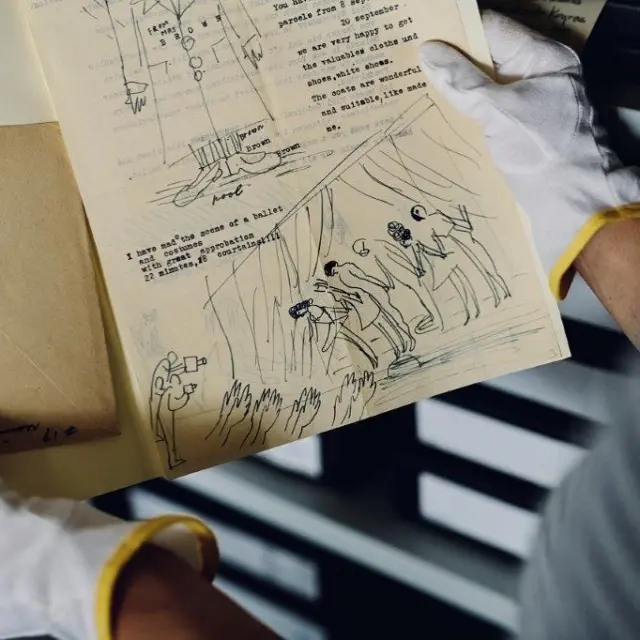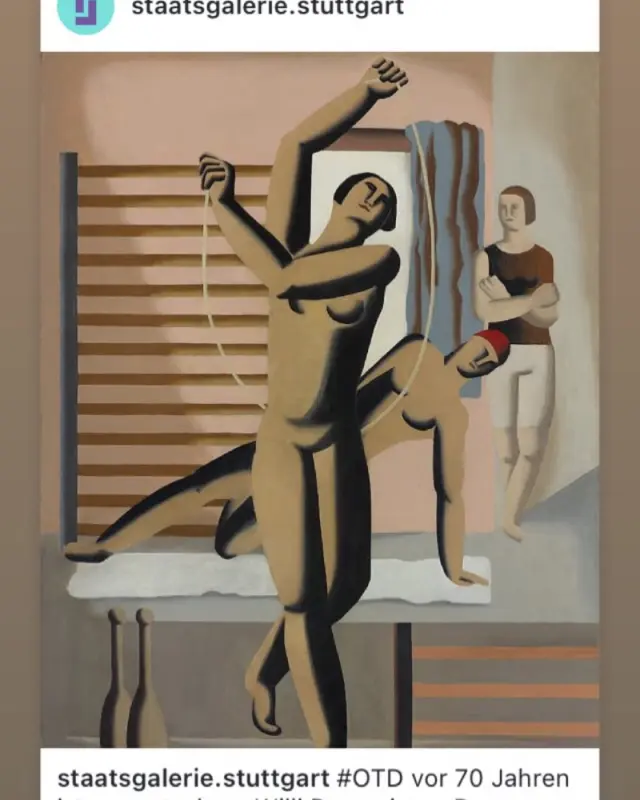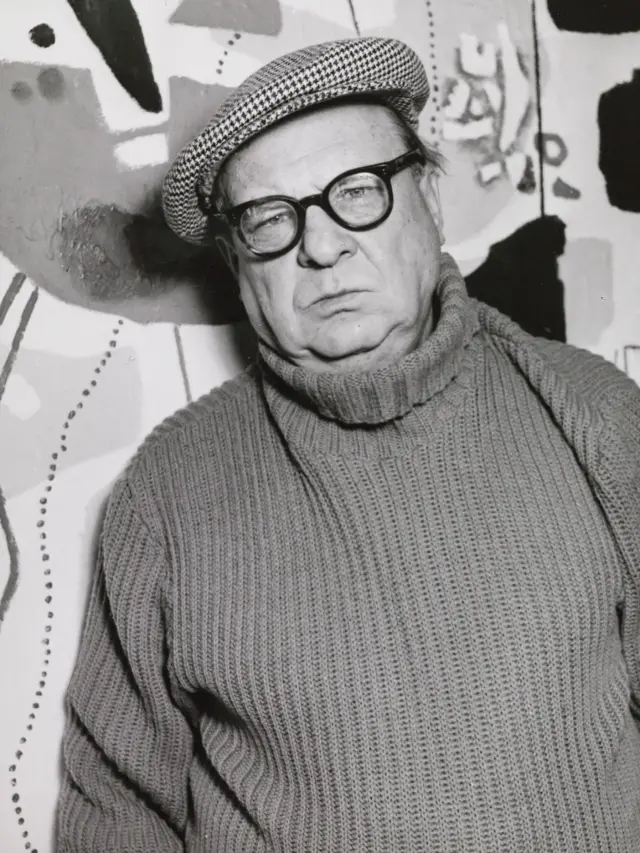Willi Baumeister was a painter, illustrator, typographer, stage designer, and professor…
He gained international recognition as an artist in the early 1920s with his constructivist wall paintings. He is considered one of the most important German representatives of classical modernism. After 1945, he shaped the art scene in post-war Germany as a spokesperson for modern painting.
Experience Baumeister
Willi Baumeister on Instagram
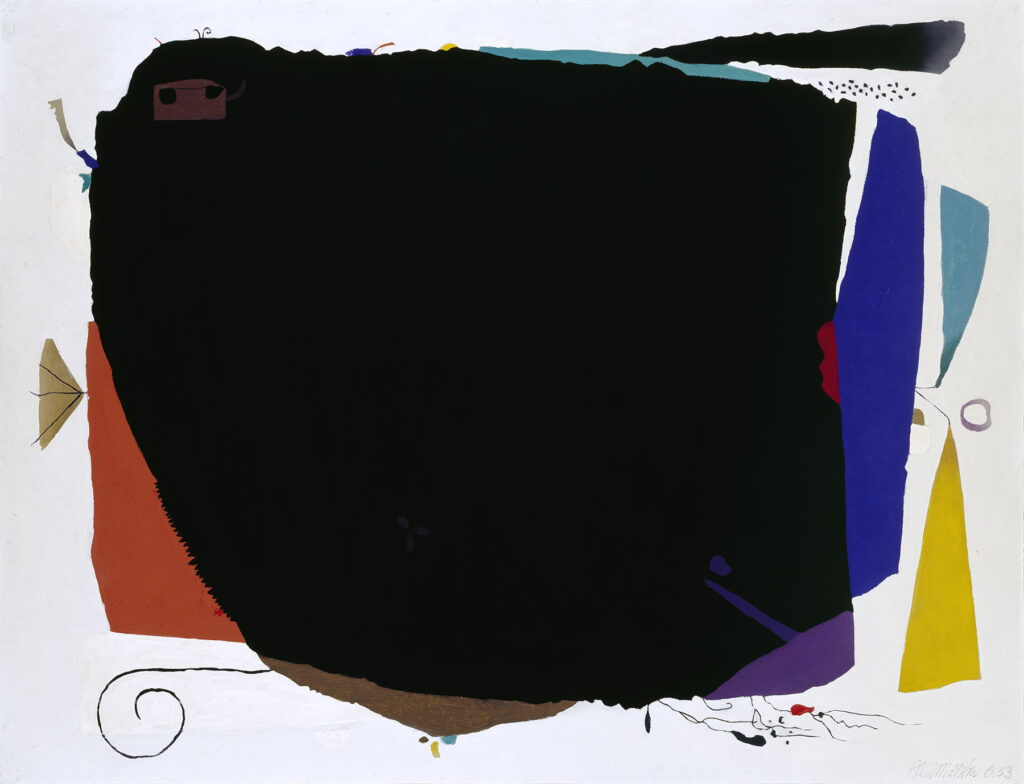
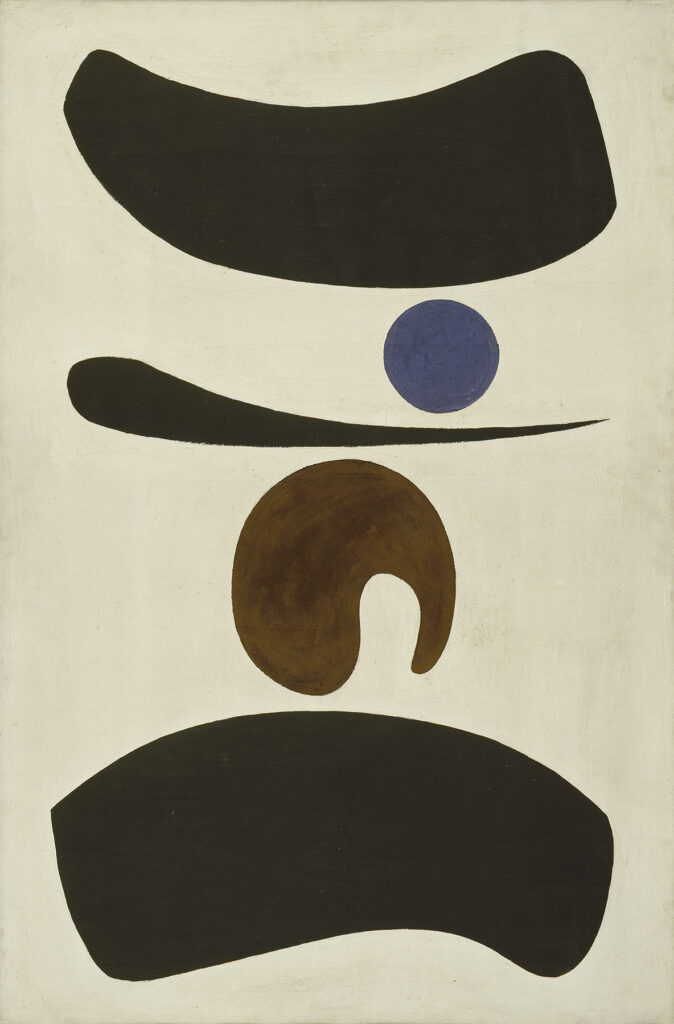
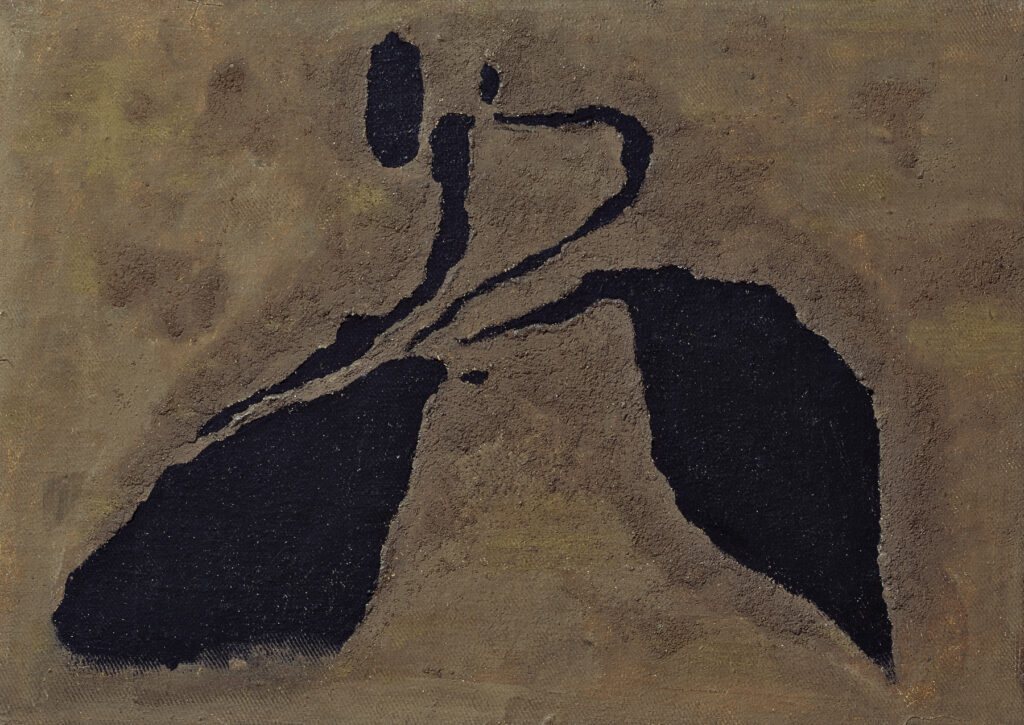
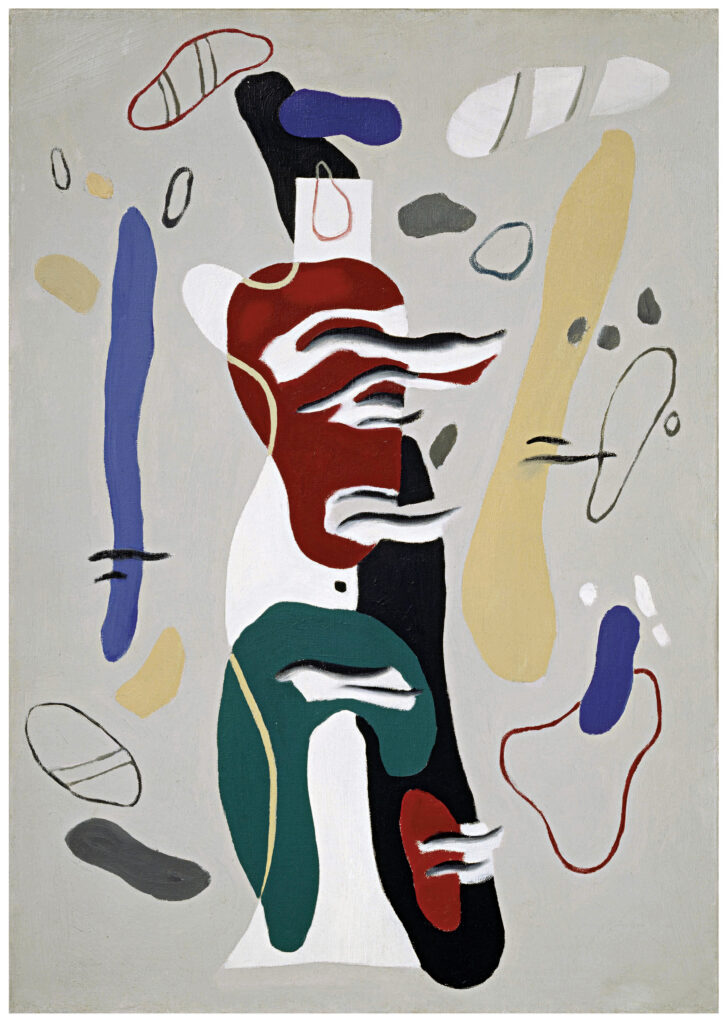
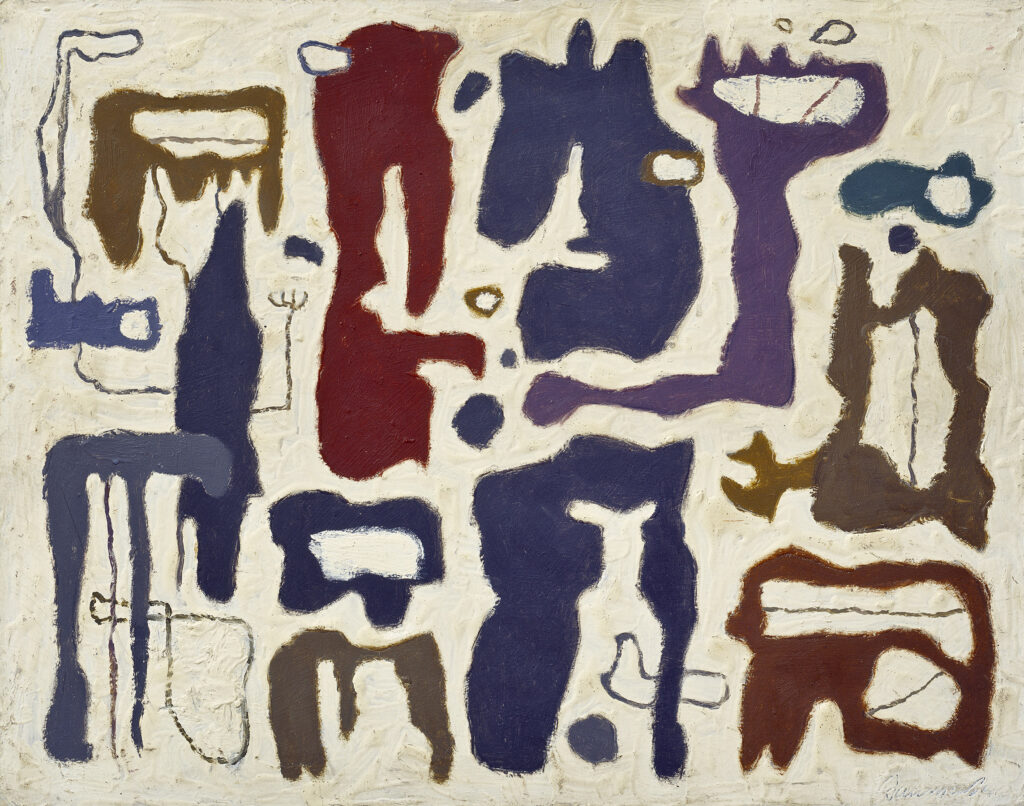
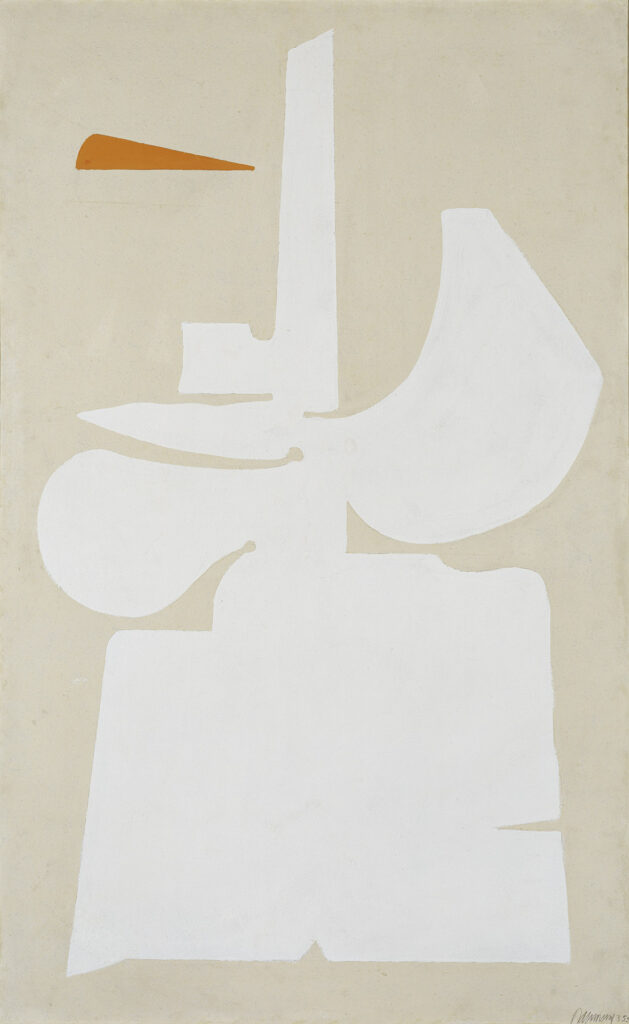
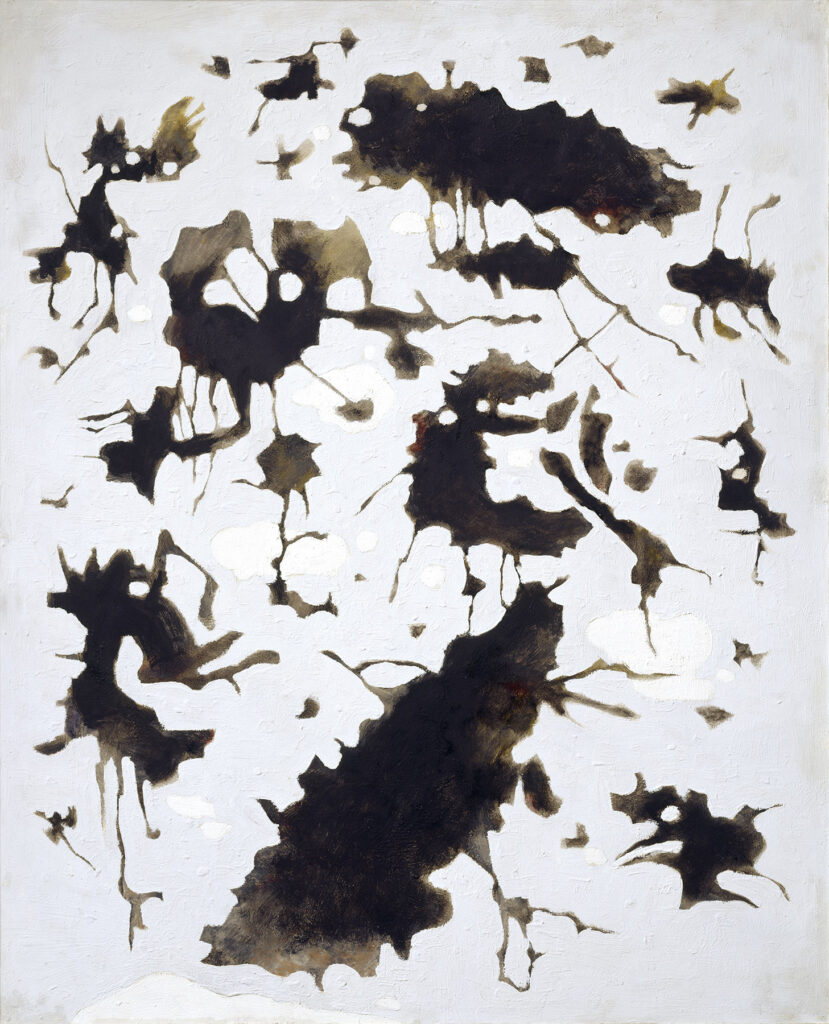
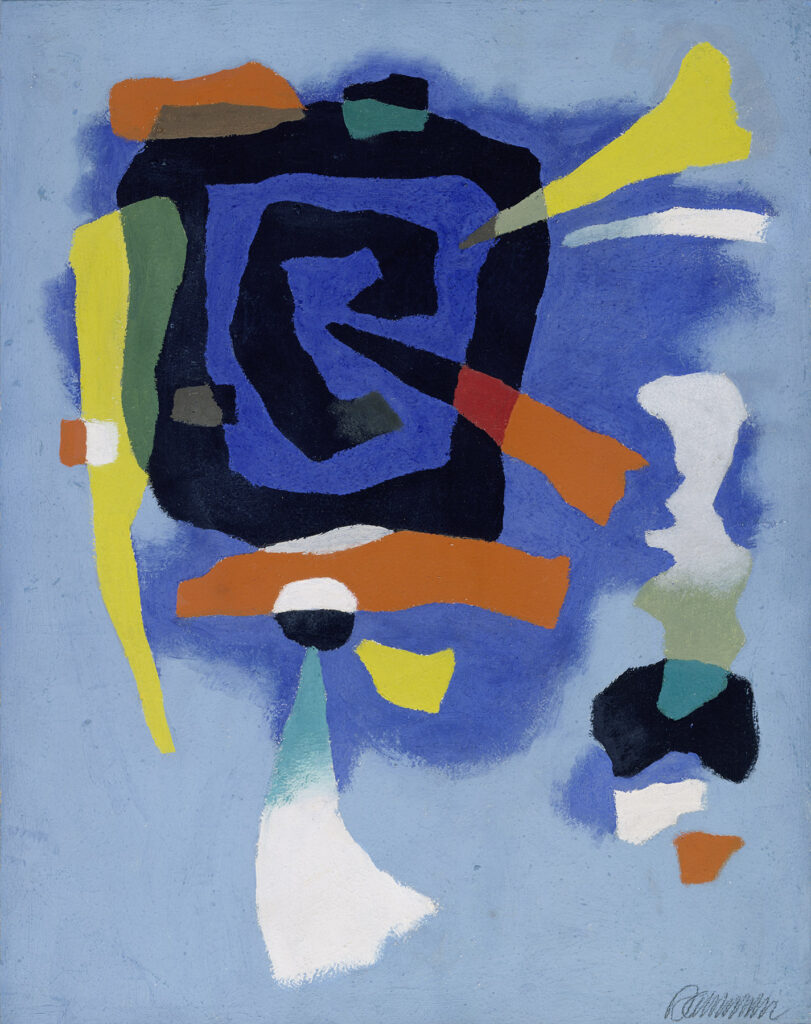
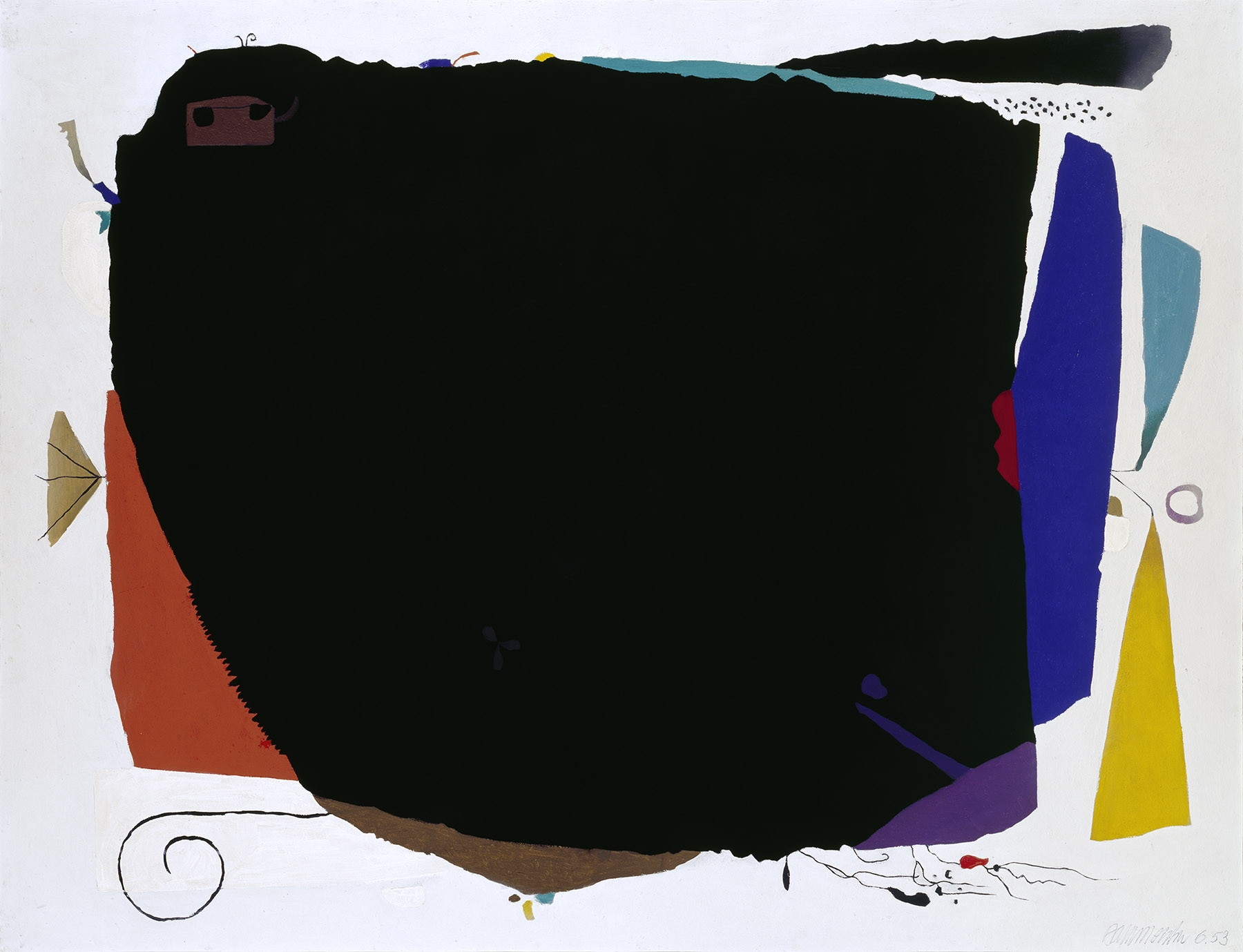
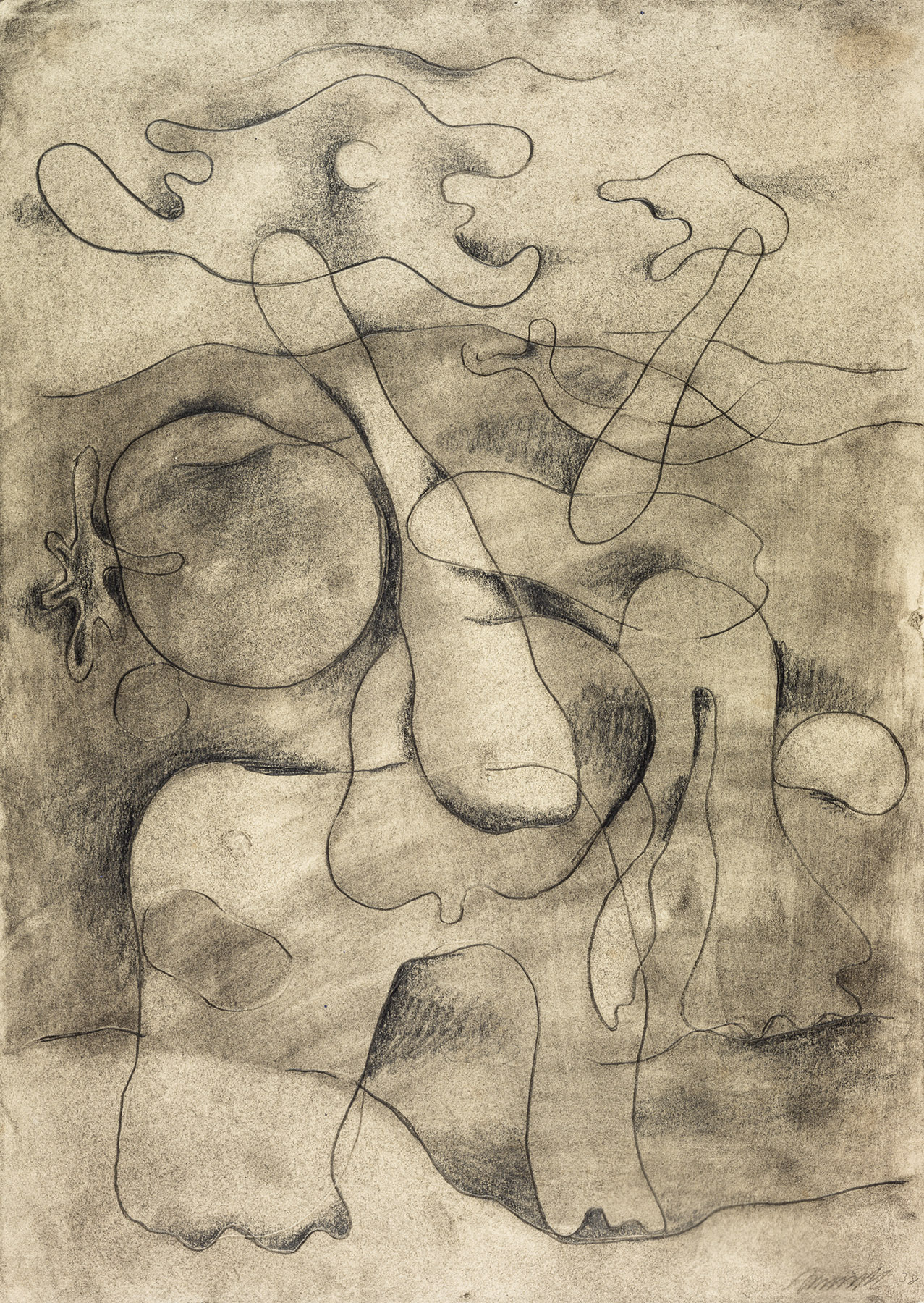
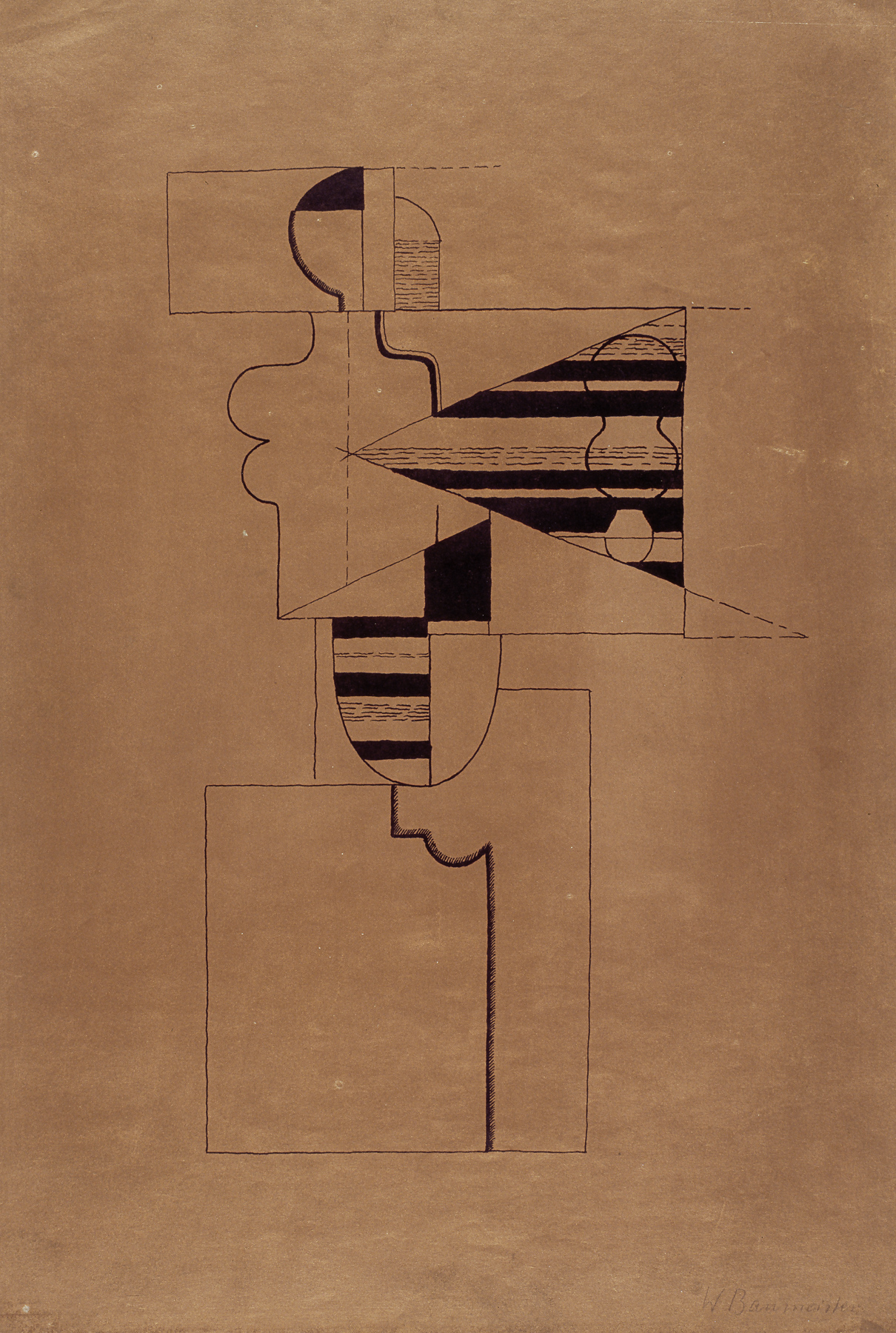
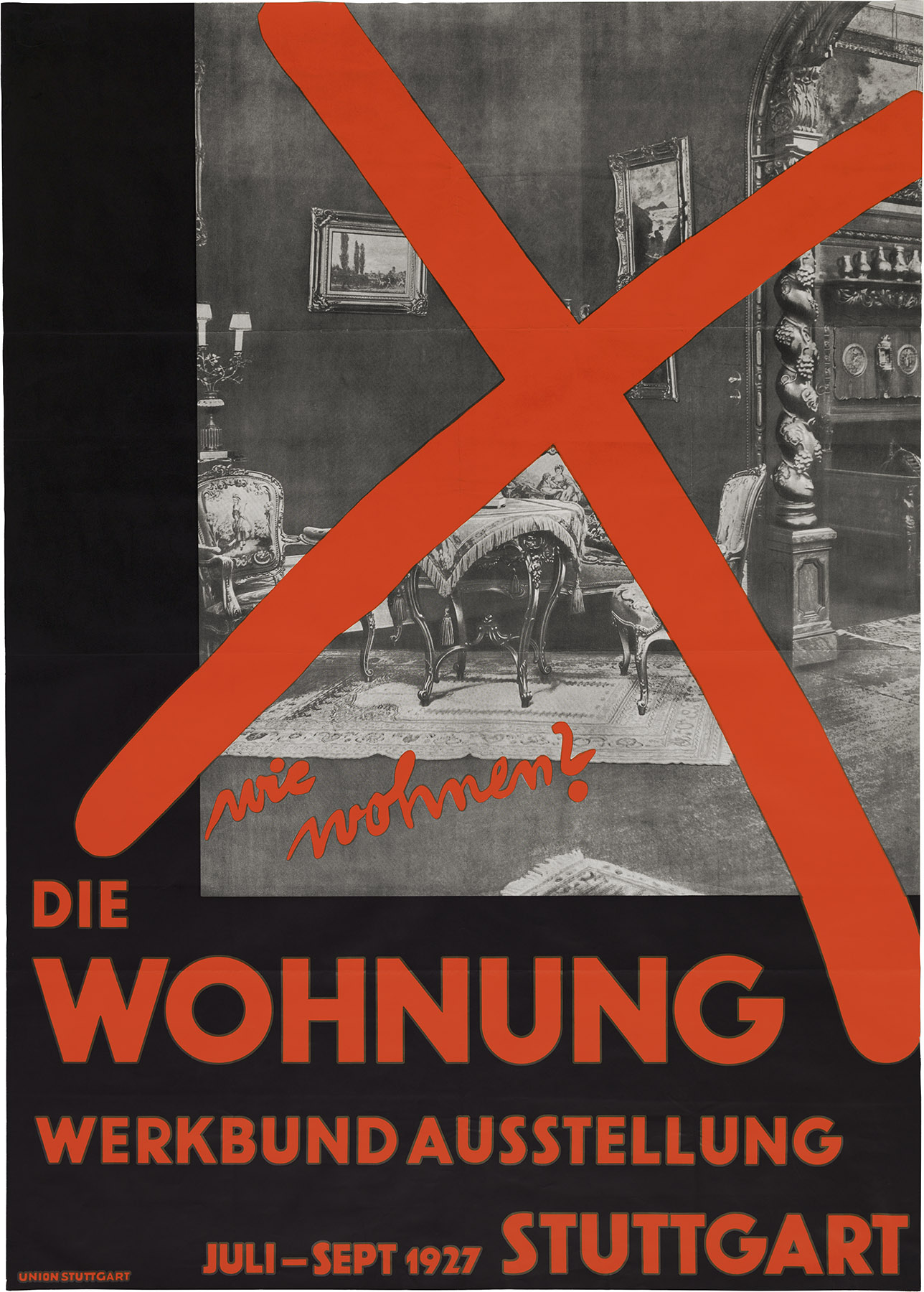
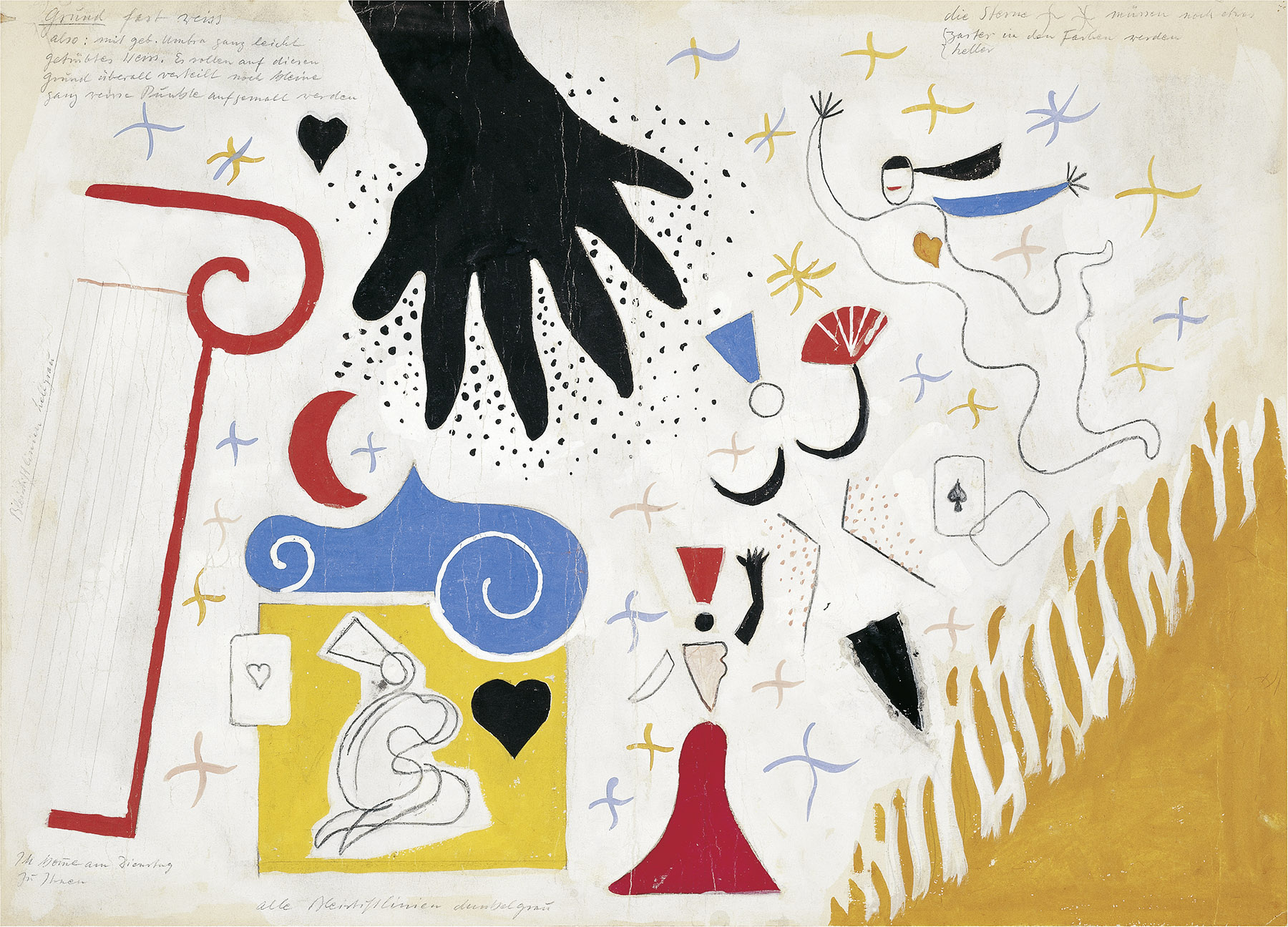
![Photo: black and white: Waldraff, Max Ackermann, Bertel Schleicher, Herburger, Swarth [or Kandinsky], Prampolini, Willi Baumeister, Ida Hackmüller-Thal, Rovelli Sotja, Zlatko Neumann, Adolf Loos, Piet Mondrian and Michel Seuphor, France, Paris, Montparnasse, behind Café du Dôme, 1926.](https://willi-baumeister.org/content/uploads/fotos/jpeg_ab_f_009/ab-f-009-063-1024x725.jpg)

